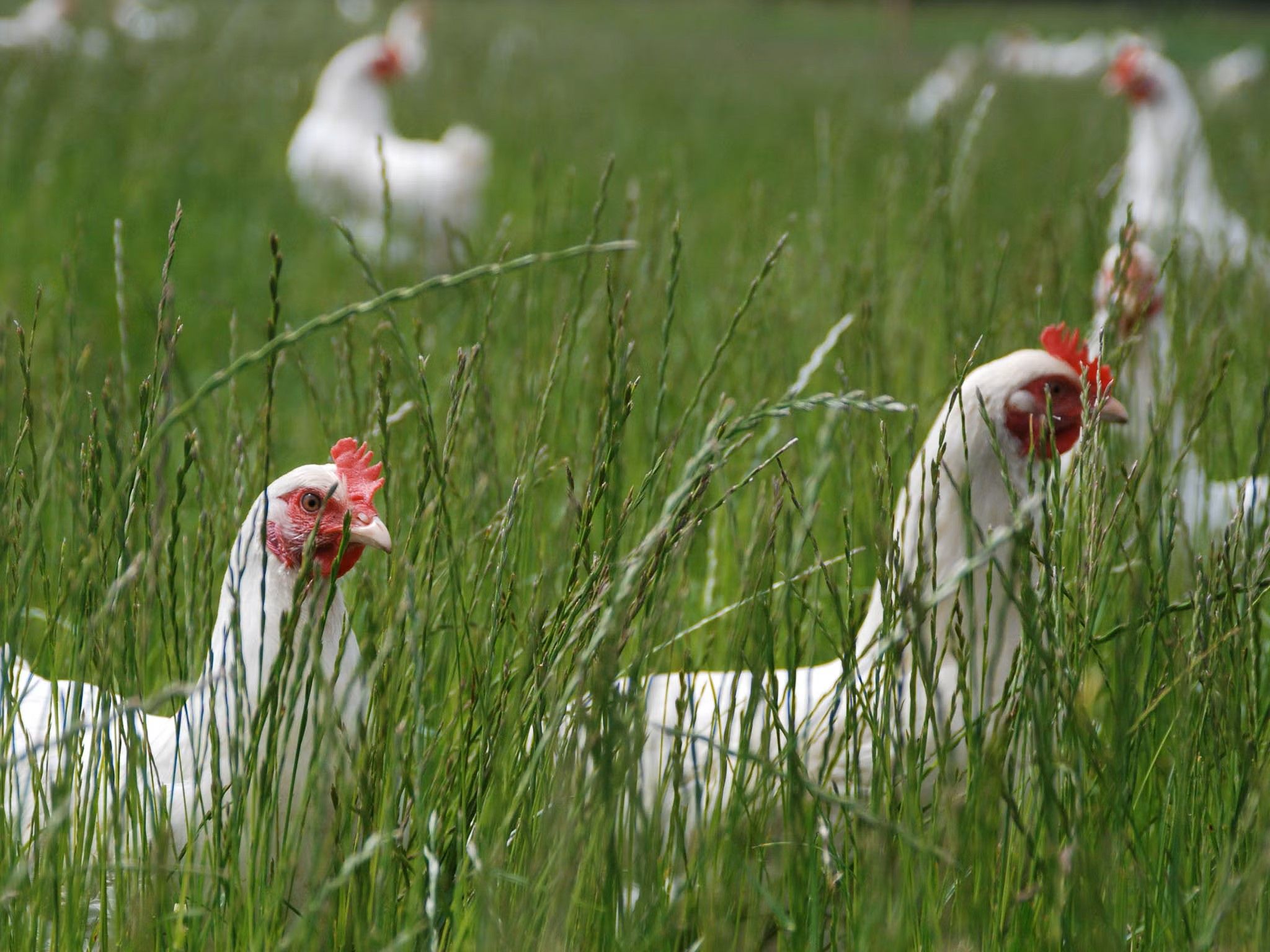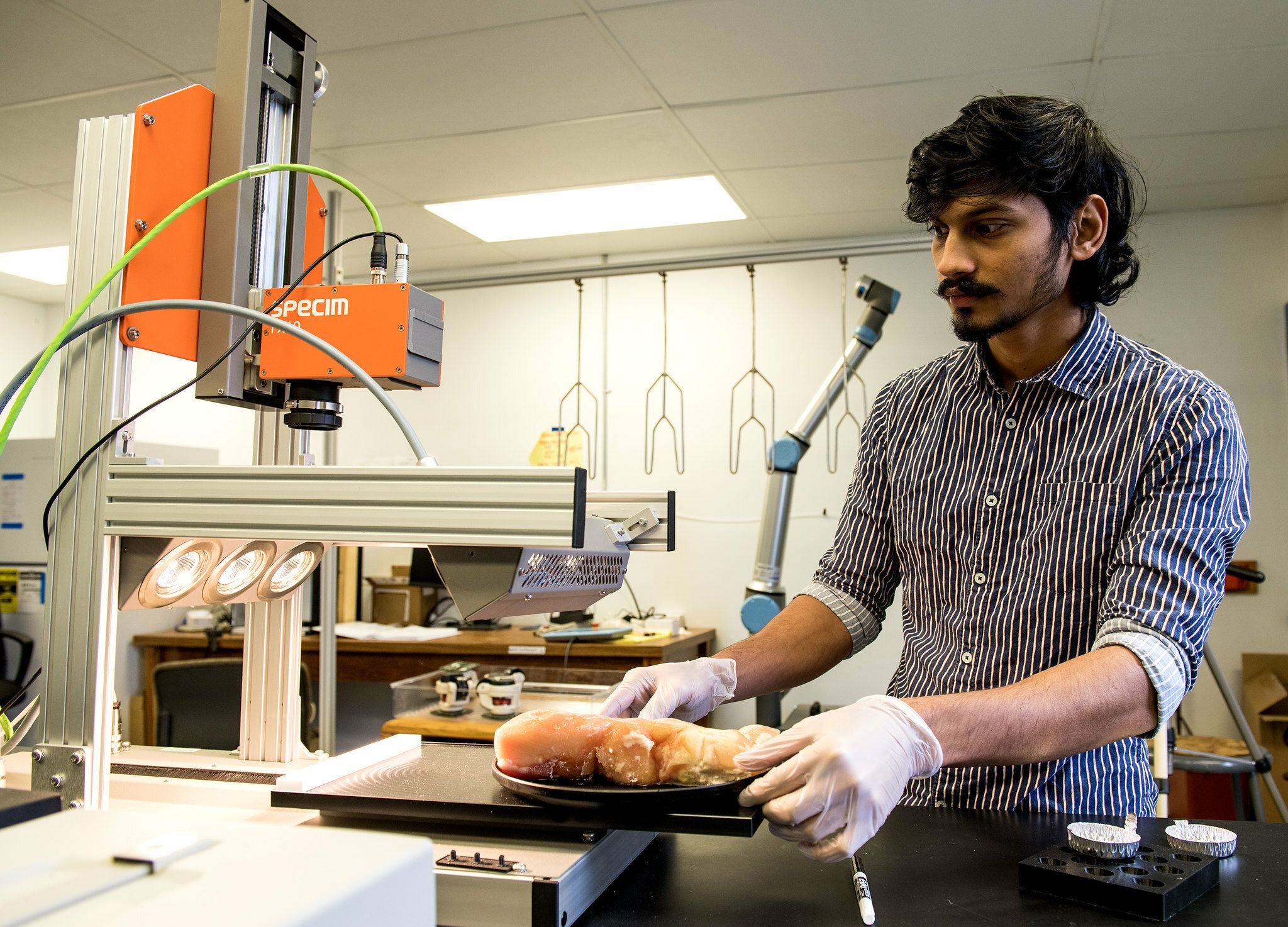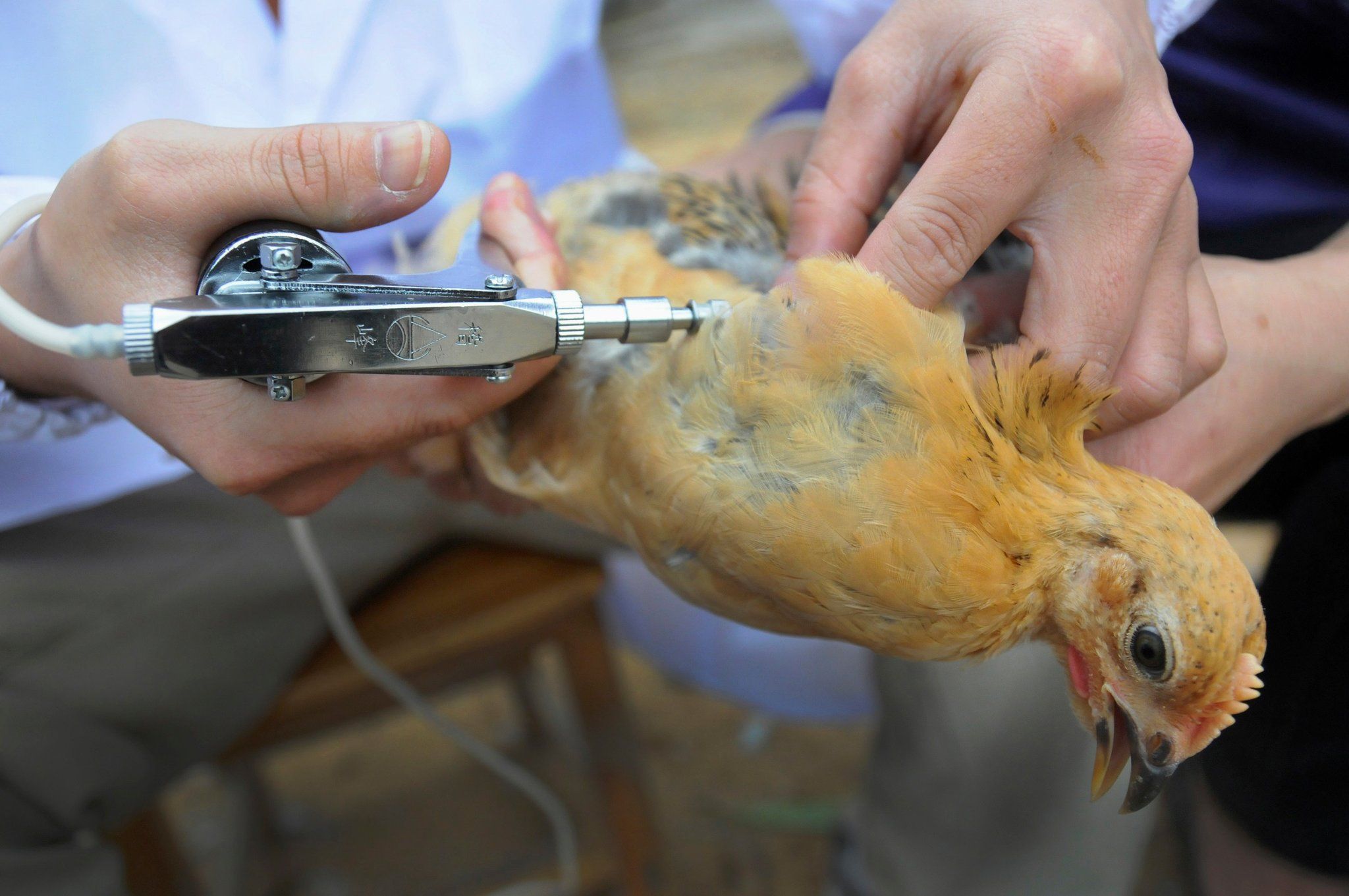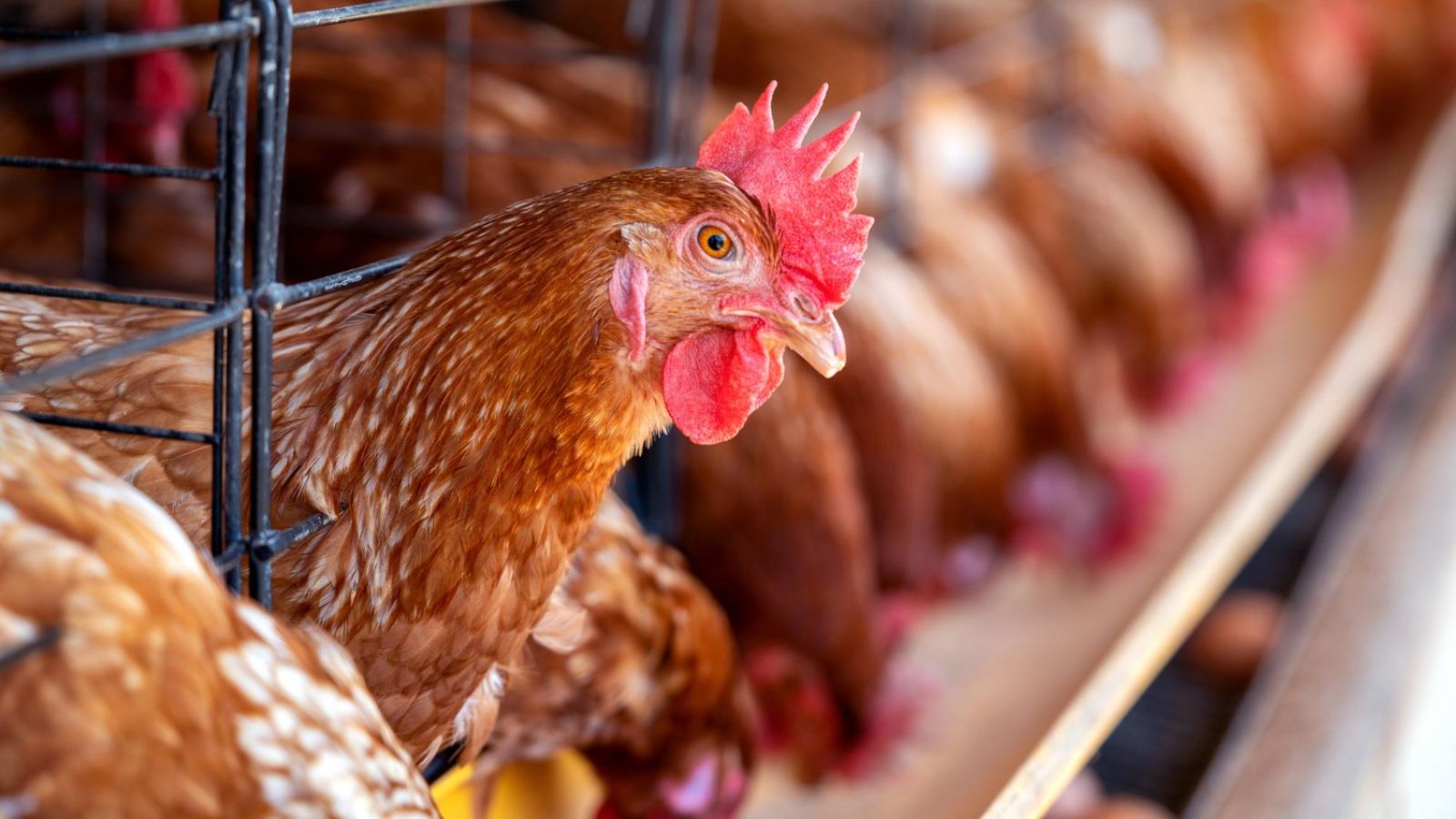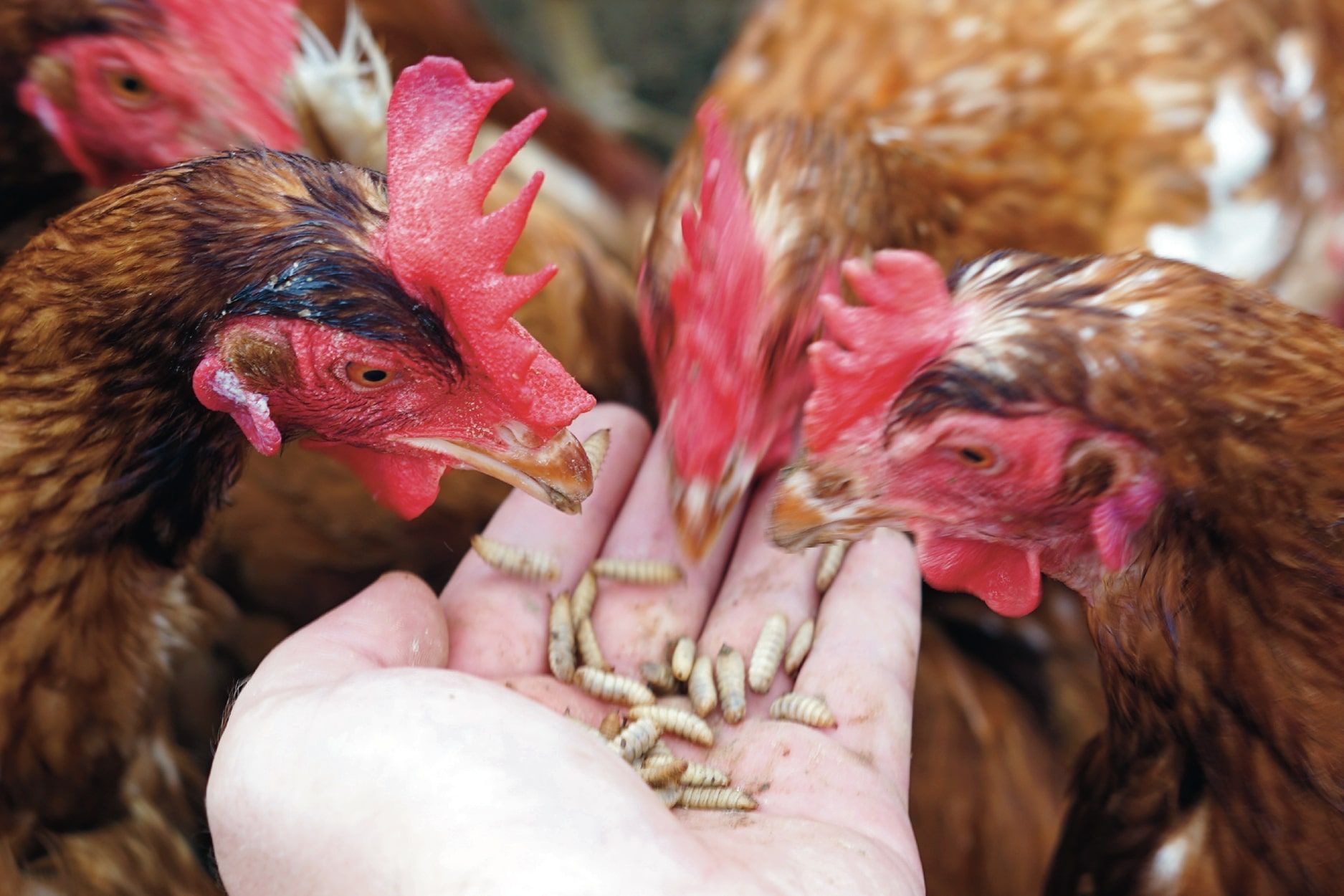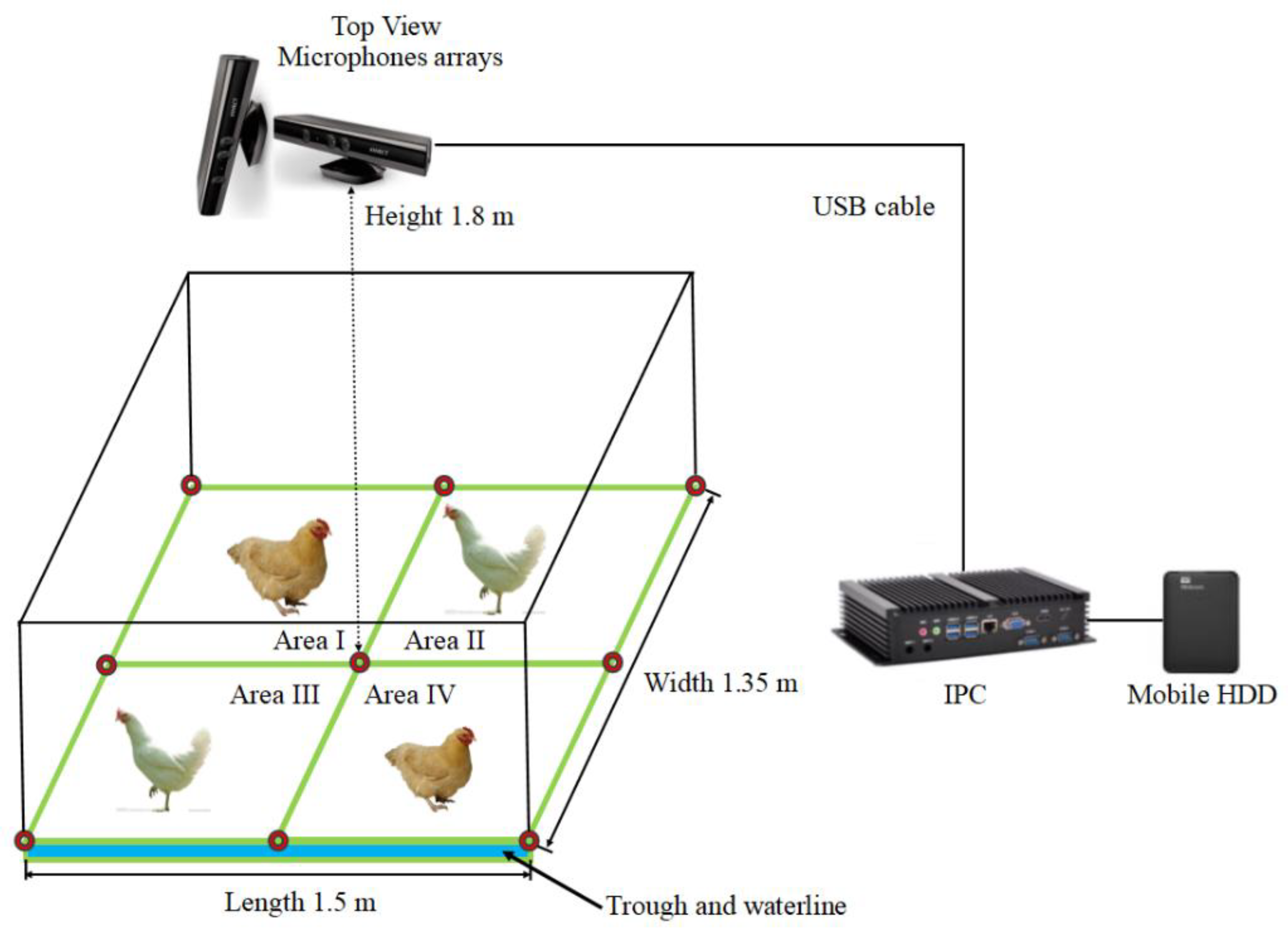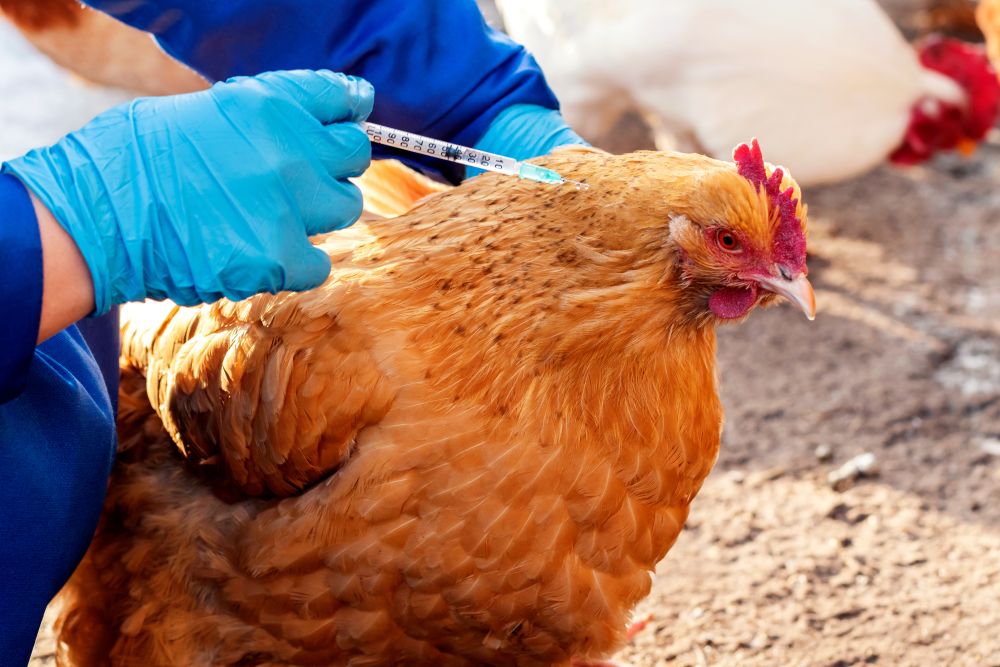Will climavores eat chicken?
With consumer concerns about sustainability at all-time high, retailers and foodservice are prepping for the dawn of the climavore. Will this new brand of consumers choose chicken? This will be a key topic at the 2023 Chicken Marketing Summit, where experts will discuss how consumer habits are changing. “A climavore is someone who makes a specific food choice based on the climate impact of that food choice,” said Corey Chafin, partner, Consumer and Retail, Kearney. For example, a climavore is someone who chooses chicken over beef, not necessarily because of taste, but because chicken is generally perceived as having a lower environmental impact. “It’s someone who’s fundamentally making a food choice – not necessarily all food choices – but a single food choice based on the climate impact of that food choice,” Chafin added. “One of the most important things that chicken companies can do to connect with climavores is to focus on building trust,” explained Erika Stewart, consultant, consumer and retail, Kearney. These consumers are looking to chicken producers to push toward sustainable outcomes. They also expect producers to take the lead when it comes to education. Furthermore, they’re looking for education in the form of positive reinforcement. Stewart says that meat industry actors need to communicate with this consumer group in a way that makes them proud of their food choices.
